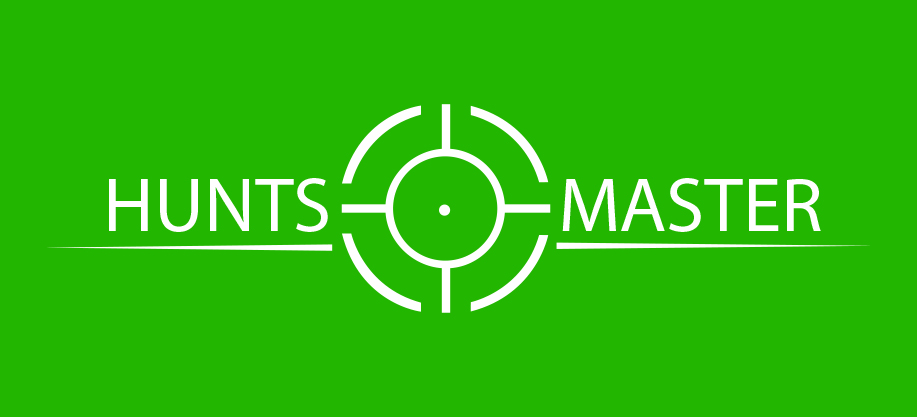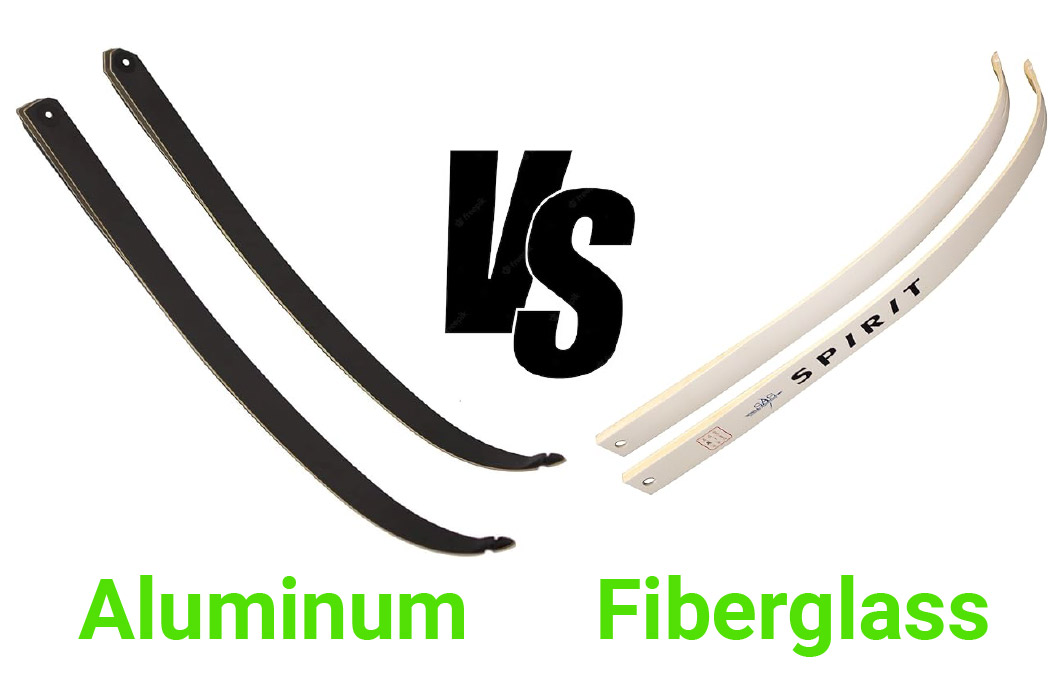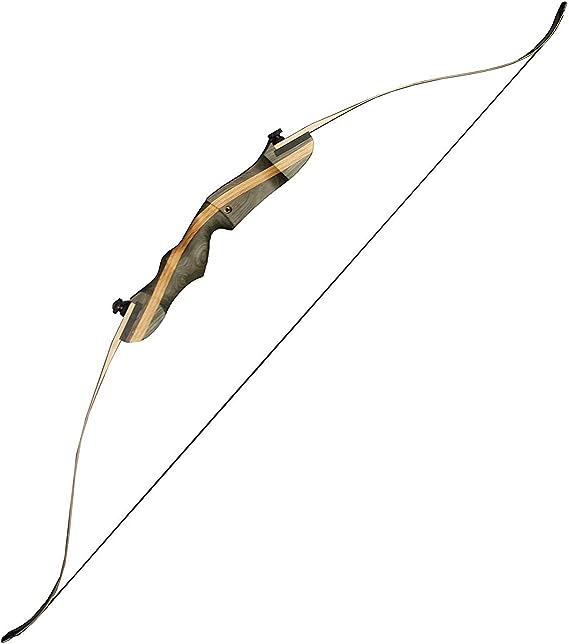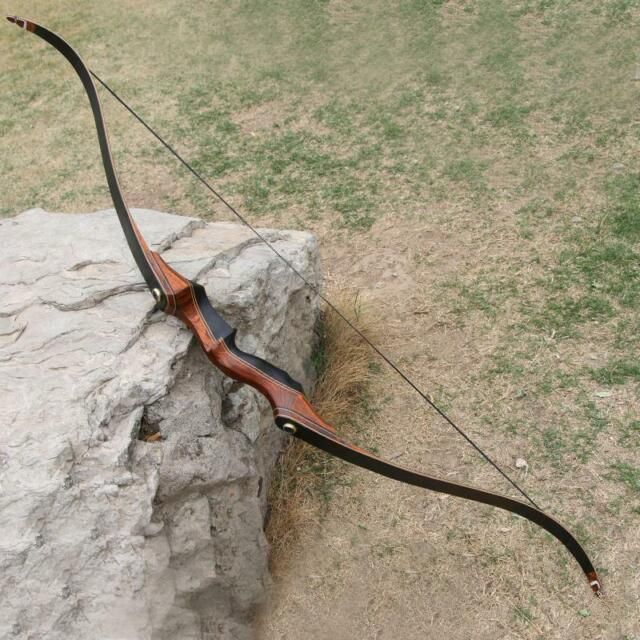Aiming a compound bow requires accuracy and skill. When you pull the string tight, the technical edge of the nocks is activated, making it easier to stop. Your eyes focus, and your body moves in time.
The world seems to revolve around the moment you let go, and the arrow flies toward its target with almost supernatural speed.
The archer becomes one with his or her bow and seeks the unusual joy of the bull’s eye in this song of concentration and power.
Understanding The Basics of Aiming a Compound Bow

Proper Stance
Feet shoulder-width apart, weight balanced on both feet, and a straight back are the three keys to achieving a proper stance when aiming your compound bow. By following these simple steps, you’ll be better positioned to aim accurately and consistently at your target.
Here’s a quick bullet list of tips for getting into the right position:
- Stand with your feet shoulder-width apart.
- Balance the weight evenly between both feet.
- Keep your back straight.
Remember, having good form is essential for accuracy and consistency in archery. So take some time to practice getting into the correct stance before you start shooting arrows!
Grip on the Bow
When gripping the bow, it’s important to maintain a relaxed grip with your fingers wrapped around the handle. Avoid a death grip, as this creates tension in your arms and shoulders, affecting accuracy and aim. Make sure your hand is positioned at the base of your thumb pad for maximum control.
By maintaining a relaxed grip on the bow, you can increase your accuracy when aiming and make adjustments more accurately.
Positioning your hand correctly helps ensure that you can anchor consistently and avoid shifting or twisting during release. To focus on a relaxed grip for better results while shooting arrows with compound bows!
Anchor Point
Consistency is key when it comes to your anchor point while aiming a compound bow. If you use the same center point for every shot, you’ll be more accurate and more likely to hit the goal every time.
Most of the time, a good anchor point is just under or next to your chin, near the corner of your mouth. At full draw, the bowstring should touch your nose. By always staying in this spot, you can aim more correctly and control where your shot falls.
Peep Sight Alignment
When it comes to aiming a compound bow, peep sight alignment is crucial for accuracy. Before taking any shots, ensure that your peep sight aligns with the front sight and doesn’t tilt to one side or another.
Make sure your peep sight lines up with your front sight and doesn’t lean to one side or the other before you shoot.
This makes sure that you can shoot at your target without missing it because your eyes aren’t lined up right.
Adjust the pin sights so that they are in the middle of the peep’s round case for even more accurate shots.
Common Mistakes in Aiming a Compound Bow
To improve your aim when using a compound bow, it’s important to avoid common mistakes. One mistake is having an improper stance, which can affect your balance and accuracy.
The mistake is gripping the bow too tightly, which can cause tension and affect your shot release. To fix these mistakes, ensure that you have a balanced and comfortable stance while holding the bow with a relaxed grip for better control.
- You should read another blog post on the advantages of compound bows.
Improper Stance
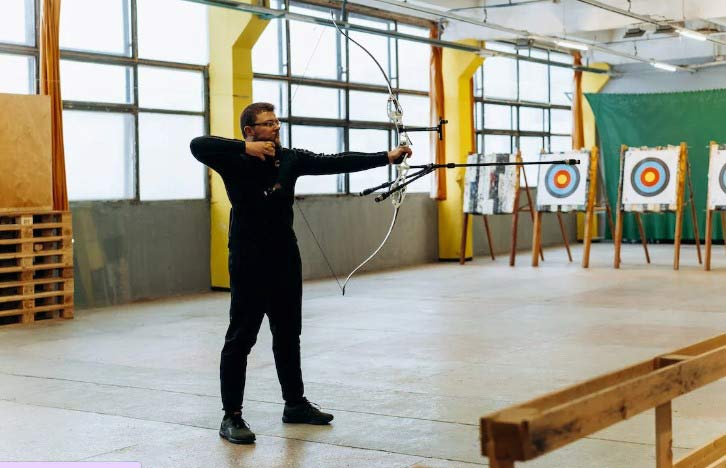

How you stand can have a significant impact on your precision when using a compound bow. Foot placement is very important because it sets the stage for your shot.
Make sure your feet are shoulder-width apart and perpendicular to the goal line to make sure you are in the right place.
Body alignment is also very important for getting a good shot. Keep your body loose and straight, with a small forward lean at the waist, and keep your back muscles tight.
Lastly, the distance from the target is important. If you’re too close or too far away from the target, you’ll miss it.
Wrong Grip on The bow
The wrong grip can throw off your accuracy. One common mistake is gripping the bow too tightly.
This causes unnecessary tension in your hand and arm muscles, which hinders your ability to control the bow’s movement during release.
Another issue with grip is incorrect hand placement. Your fingers should be positioned correctly on the string and around the grip of the bow for optimal stability and control.
Lastly, failing to use a wrist sling can also lead to an improper grip on the bow and decrease accuracy by allowing torque from an unsteady hold. Make sure you have proper form when gripping your compound bow for consistent aim every time you shoot.
Incorrect Anchor Point
Inconsistent anchor point location, a ‘floating’ anchor point, or an anchor point that is too high or low can all lead to inaccurate shots when aiming a compound bow. Here are some common mistakes to look out for and how to fix them:
- Inconsistent Anchor Point Location: Make sure you are anchoring in the same spot every time.
- ‘Floating’ Anchor Point: Keep your elbow tucked into your side to create a solid anchor point.
- Anchor Point Too High or Low: Adjust the height of your peep sight until it lines up with your eye at full draw.
By correcting these issues with your anchor point, you’ll be on target in no time!
Misaligned Peep Sight
Many shooters make the mistake of having a peep sight that isn’t straight. Several things could cause this to happen.
If your peep sight turns, it can throw off your aim and make you miss your target. Second, a wrong peep height can also cause problems with alignment and accuracy. If you don’t have the right distance between your eye and the peep sight, it can be hard to aim properly.
To fix these problems with a peep sight that isn’t lined up right, check to see if it has turned or twisted. If there is still a problem after fixing for movement mistakes, you may need to change the height or put in a new string.
Once it’s right, make sure you’re at least 4 to 5 inches away from where it feels normal to look through the hole. This will give you better balance when you’re using it. Also, making sure that the space between each eye is the same helps.
How to Fix Aiming Errors
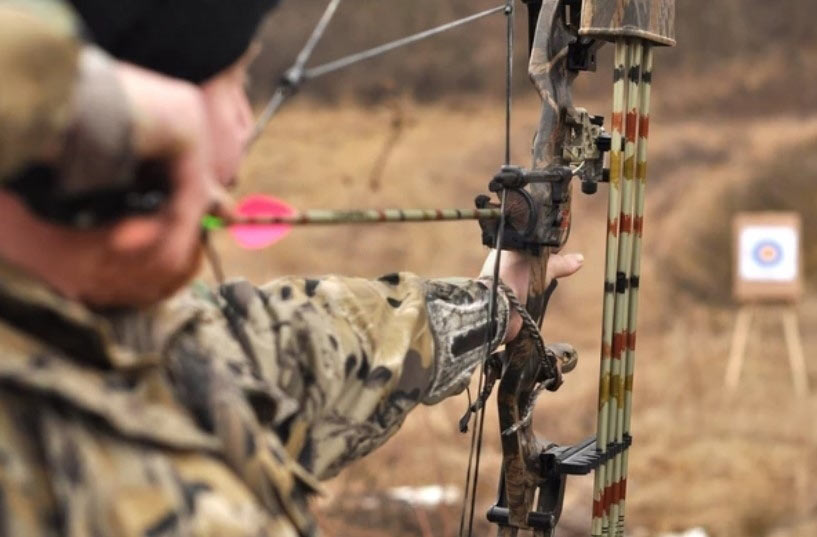

There are a few common mistakes that can make it hard to hit the target. To fix these mistakes, you should first change your stance and make sure it is steady and the same for every shot. Next, pay attention to how you are holding your bow and make sure you are not twisting or squeezing too tightly.
Finding the right center point is also important for good aim, so try different things until you find what works best for you. Lastly, if you line up your peep sight correctly, your arrow will go where you want it to.
By making these changes to your form and method, you’ll be well on your way to regularly hitting the bull’s eye.
Adjusting Your Stance
Staggering your feet is an essential step in adjusting your stance. By doing so, you create a stable platform that allows you to maintain balance and absorb the recoil of the bow. Keep your weight evenly distributed on both feet to avoid leaning forward or backward, which can affect your aim.
Position yourself perpendicular to the target for maximum accuracy and consistency in your shots. By mastering these simple adjustments, you can improve your form and take more accurate shots with a compound bow.
Correcting Your Bow Grip
Ensure that your grip is relaxed, not tight, when correcting your bow grip. Holding the bow too tightly can cause tension in your hand and arm, leading to less accuracy and fatigue. Instead, hold the bow with just enough pressure to keep it steady.
To correct your bow grip further, remember these tips:
- Hold the bow horizontally with your nondominant hand.
- Place the heel of your palm against the riser’s back.
- The index finger is above and the middle finger is below the nocking point; the ring finger rests behind the middle one.
- Don’t torque or twist the bow while gripping it.
Finding The Right Anchor Point
Experiment with different anchor points until you find one that feels comfortable and consistent. The right anchor point will allow you to achieve maximum accuracy, so take the time to find one that works for you.
Make sure your anchor point is in line with your dominant eye for accurate aiming. Your dominant eye should be positioned directly behind the sight pin when aiming.
To ensure consistency in your aim, consider using a kisser button or nose stud as a reference point. A kisser button is a small plastic piece attached to the bowstring that touches your lips when you draw back the bowstring.
Some archers use a nose stud attached to their glasses or face mask as an anchor point. Find what works best for you and stick with it for consistent shots every time!
Aligning Your Peep Sight
To achieve accurate shots with a compound bow, it’s important to align your peep sight. Here are some simple steps to help you get started:
- Check if your peep sight is leveled properly.
- If necessary, adjust the peep sights using an Allen wrench.
- Aim through the peephole, focus on the pinhead, and then align the pins.
By taking these steps before shooting your arrow, you’ll be able to ensure that your aim is true and improve your overall accuracy. Remember that alignment takes practice, so don’t get discouraged if it doesn’t work out at first. Keep trying until you find what works best for you!
How to Aim a Compound Bow with Sights
An important skill for any shooter is being able to shoot accurately with a compound bow. To hit your target, you need to know how to aim the bow correctly. The best way to use the sights on a compound bow to aim and shoot correctly is to use the three-point method.
To do this, line up the target with the top and bottom pins on the sight. Be sure to keep your attention on the goal, not the pins. Then, take a big breath out, pull back on the bow, and line up the pins with the target.
Adjust the vertical pin until it lines up with the horizontal pin and the target. When the pins and the target are lined up, let go of the shot and keep going to make sure you hit the target.
Adjusting the sight pins to account for wind and elevation will make the shot more accurate. This can take some practice, and if you want to get better at archery, you should practice often. Any shooter can become an expert at shooting a compound bow with the right way to aim and a lot of practice.
How to Aim a Compound Bow Without Sights
First, get comfortable with the grip and stance. Make sure you have a good, comfortable grip on the bow and that your stance is steady, with your feet shoulder-width apart. It’s also important to learn the bowstring. Hold the bowstring with your fingers and practice drawing the bowstring back and releasing it.
Next, you need to understand the trajectory of the arrow and practice aiming it so it flies in the desired direction. Be sure to adjust your aim slightly left or right to account for any wind or breeze.
When it comes to releasing the arrow, don’t rush it. Take your time and focus on your aim before releasing the arrow. It’s also important to keep your focus on the target and not get distracted.
The key to becoming a great archer is practice. Spend plenty of time at the range and practice your technique. The more you practice, the better you’ll become at aiming a compound bow. With enough practice and dedication, you’ll become a great archer in no time.
How to Use a Compound Bow Accurately
Anyone who wants to be a good shooter needs to know how to aim a compound bow. To hit your goal, you should carefully aim every shot you take. Here are some tips that will help you get better at shooting with a compound bow.
Step one is to aim for the middle of the object. The goal is to hit the center of the target, so make sure your aim is right in the middle of it. You can also work on your style to get better at it. An accurate shot requires good form, so practice your stance, grip, and draw until they feel natural.
Next, you need to get your aim right. If you can’t hit your target, it could be because your sight is set up wrong. Be sure to check your sights twice before each shot.
Lastly, make sure that you finish your shot. Hold the bow steady and keep your head down until the arrow has left the bowstring. This will help you stay on track and keep your goal clear.
Final Touch
If you know how to aim a compound bow, there are a few more things to keep in mind. First, make sure your center of mass remains the same for every shot. That way, you can make sure your shots are good and effective.
The last thing you should pay attention to is how you hold the bow. Make sure you hold it tight, but not too tight. If you squeeze it too tight, the shot may move in a way you don’t want. With these small changes, you’ll be well on your way to shooting a compound bow with confidence and skill.
Some Commonly Asked Questions
What is a kisser button, and how can it help with aiming?
A kisser button is a small plastic piece attached to the bowstring that touches your lips when you draw back the bowstring.
How do I align my peep sight?
Check if your peep sight is leveled properly, and adjust it if necessary using an Allen wrench.
Why is it important to pay attention to my grip on the bow?
Holding the bow too tightly can cause unwanted movement during the shot. It’s important to hold it firmly but not too tightly for a consistent and accurate shot.
How do I fix grip-related aiming issues?
Practice holding the bow with a relaxed and consistent grip to reduce torque and ensure a smoother release.
Should I focus on the target or the sight when aiming?
Focus on the sight pin or reticle rather than the target itself. Train your focus on the sight, allowing it to align with the target for better aim.
How can I avoid rushing my shots and improve accuracy?
Take your time to aim properly, develop a consistent shooting routine, and execute a steady and controlled release to avoid rushing and improve accuracy.
Why is follow-through important for aiming?
Maintaining your aim and posture until the arrow reaches the target helps ensure proper alignment throughout the entire shot process, enhancing accuracy.
